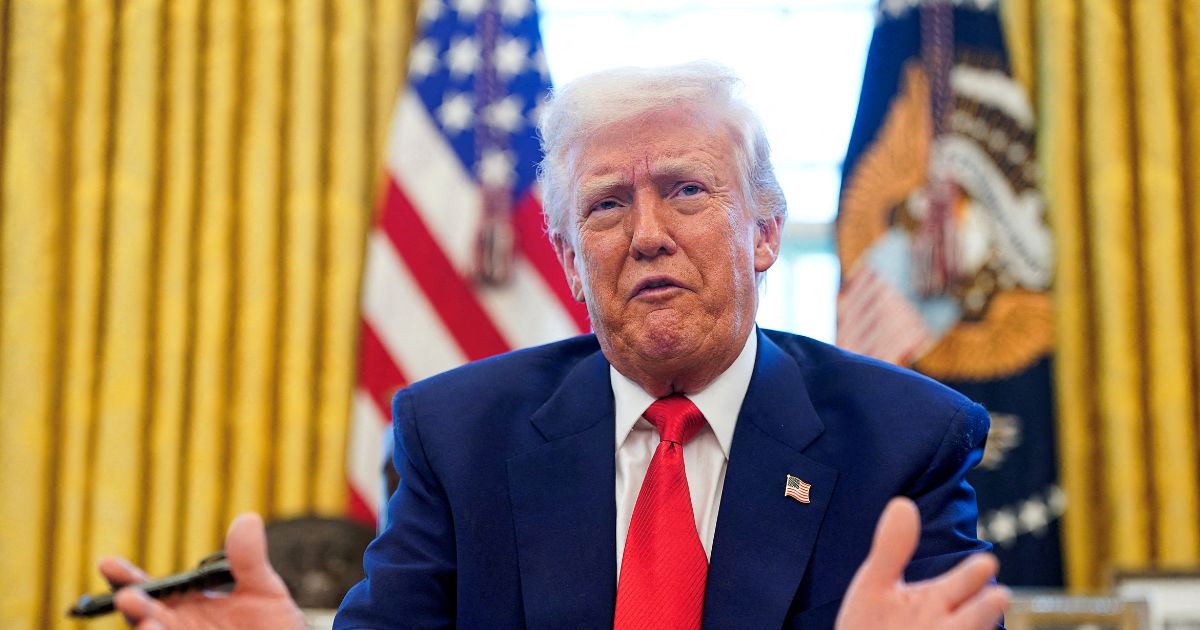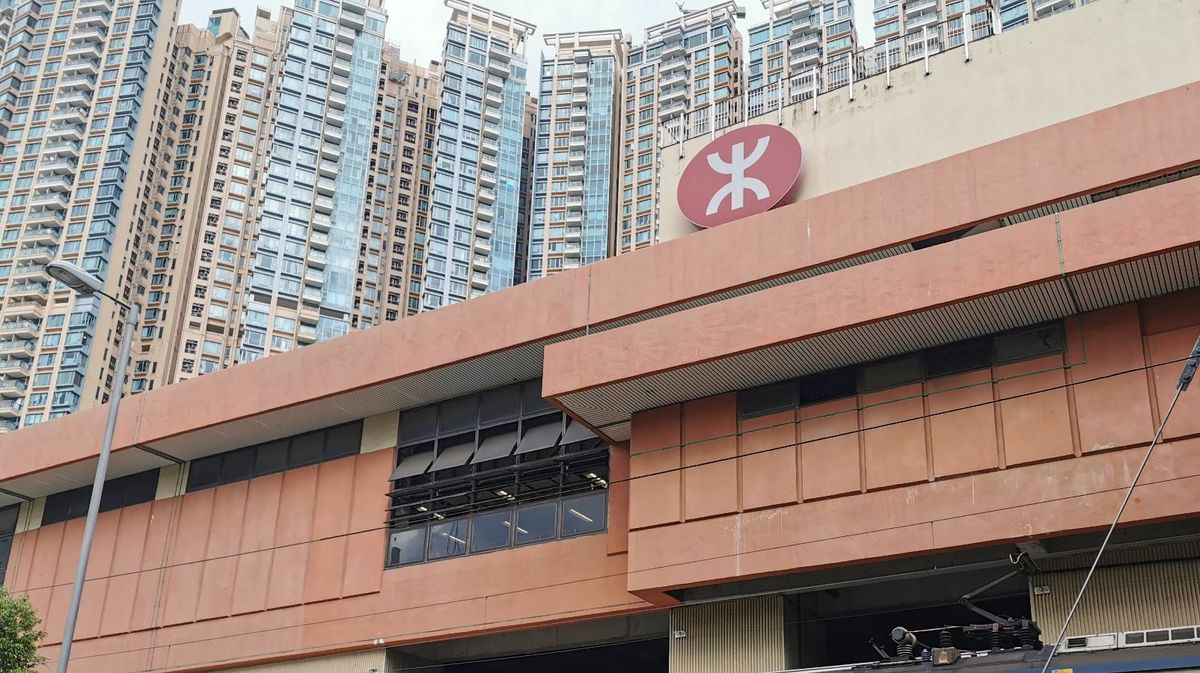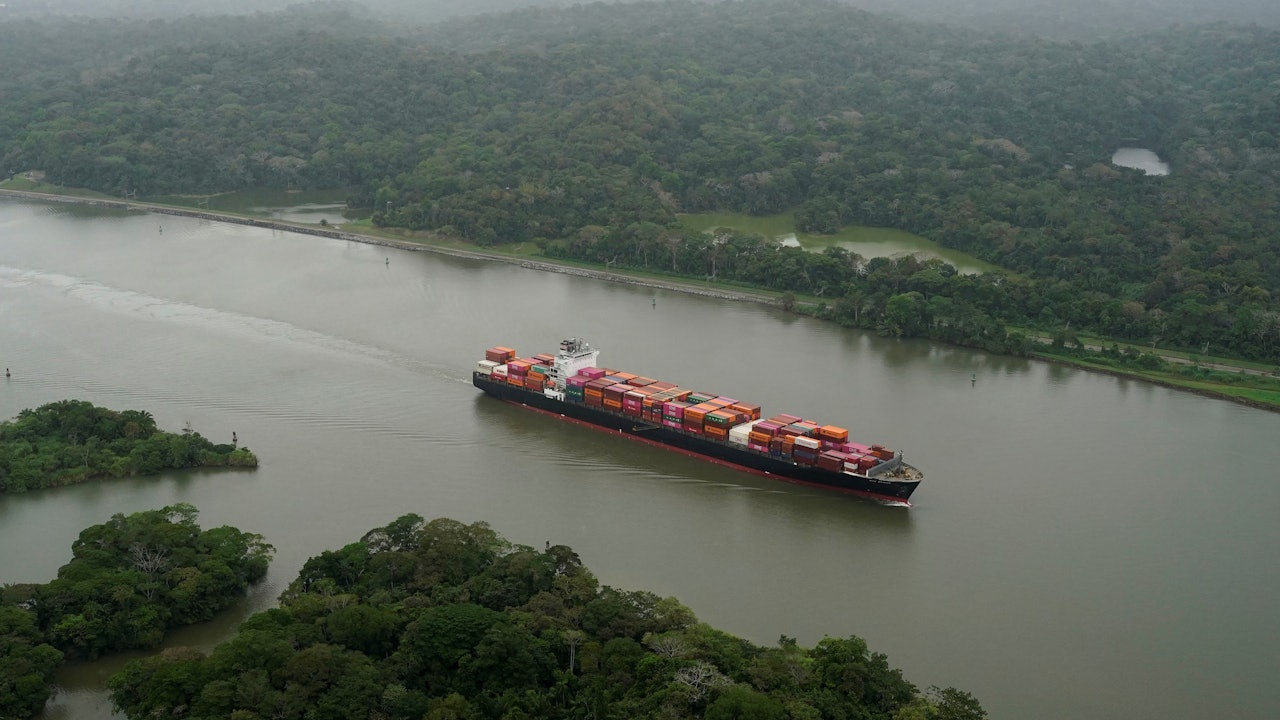The user wants a detailed analysis and professional report of over 1000 characters in Traditional Chinese based on the title “國際財經 – 特朗普:美國經濟處於過渡期”.
The report should follow these specific guidelines:
Based on the title “國際財經 – 特朗普:美國經濟處於過渡期”, I need to structure a report discussing this statement. Since I don’t have the actual article content, I will need to infer the typical context around such a statement from a figure like Trump regarding the US economy being in a “transition period”. This usually implies changes are happening, possibly related to policy shifts (trade, taxation, regulation), global economic dynamics, or cyclical changes. The “transition” could be framed positively (leading to future growth) or as a necessary phase to address existing issues.
I will structure the report as follows:
- Opening: Hook the reader by framing the concept of economic transition and its significance, introducing Trump’s statement as a key point of discussion. (Subtitle: 經濟浪潮下的轉折點)
- Body Paragraph 1: Discuss what “transition period” might mean in the context of a major economy like the US, especially under a specific administration. Relate it to potential policy changes initiated or planned during that time. (Subtitle: 何謂「過渡期」?政策與變革的交織)
- Body Paragraph 2: Explore the potential reasons or factors contributing to this perceived transition. This could involve trade tensions, technological shifts, labor market dynamics, or global economic slowdowns/changes. (Subtitle: 探究轉型的驅動因子)
- Body Paragraph 3: Analyze the potential implications of this transition, both domestically and internationally. How might it affect businesses, consumers, and global markets? (Subtitle: 轉型之路的挑戰與機遇)
- Body Paragraph 4: Discuss different perspectives on whether the economy is truly in a “transition” and what the trajectory might be. Acknowledge that economic interpretations can vary. (Subtitle: 多方視角:判斷經濟航向)
- Conclusion: Summarize the key points and offer a concluding thought on the nature of economic cycles and the importance of navigating periods of change. Leave the reader with a sense of reflection on the ongoing economic journey. (Subtitle: 迎接變局,掌舵未來)
Given the constraint of 1000+ characters and the need for depth, I will flesh out each section with descriptive language and analytical points, while adhering to the specified style and format. I must remember to remove the main title and avoid English. I will need to imagine the kind of content that would be in an article with this title and base my analysis on common economic themes and Trump’s known policies/stances during his presidency.
Since I cannot access the actual article content, I must rely on my understanding of the topic and common economic narratives surrounding the US economy and statements by political leaders. The “原文資料與事實” must be interpreted as the premise provided by the title itself – that Trump stated the US economy is in a transition period. I will build the report around the implications and analysis of *that specific statement*.
Let’s plan the content for each section, keeping the 1000+ character count in mind:
- 經濟浪潮下的轉折點: Start with the dynamic nature of economies. Use imagery like tides or seasons. Introduce the idea that “transition” is a significant phase. Mention Trump’s statement directly as the prompt for this discussion.
- 何謂「過渡期」?政策與變革的交織: Explain that “過渡期” implies movement from one state to another. Connect it to policy shifts (e.g., trade policies like tariffs, tax reforms, deregulation efforts) that aim to change the economic landscape. Discuss how these policies create uncertainty but also potential for future change.
- 探究轉型的驅動因子: Broaden the scope beyond just policy. Consider global trade dynamics (e.g., US-China trade tensions often discussed during Trump’s term), technological advancements altering industries, shifts in labor force participation, or global economic conditions impacting the US. These external and internal factors drive the “transition”.
- 轉型之路的挑戰與機遇: Analyze the two sides of transition. Challenges could include market volatility, business uncertainty, job displacement in some sectors. Opportunities might involve growth in new industries, increased domestic production due to trade shifts, or efficiencies gained from deregulation.
- 多方視角:判斷經濟航向: Acknowledge that economists and observers may have different views. Some might agree with the “transition” framing, seeing it as necessary restructuring; others might view it differently (e.g., as instability, or simply a phase in the business cycle). Mention that interpreting economic data is complex.
- 迎接變局,掌舵未來: Conclude by reinforcing that economic change is constant. Emphasize the importance for policymakers, businesses, and individuals to understand and adapt to these transitions. End with a forward-looking statement about navigating uncertainty.
I will ensure the language is engaging and avoids overly academic jargon. I will use metaphors and descriptive phrasing to make it accessible and resonant. The total character count needs to be checked during writing to ensure it exceeds 1000.
Let’s start drafting, keeping all constraints in mind.











